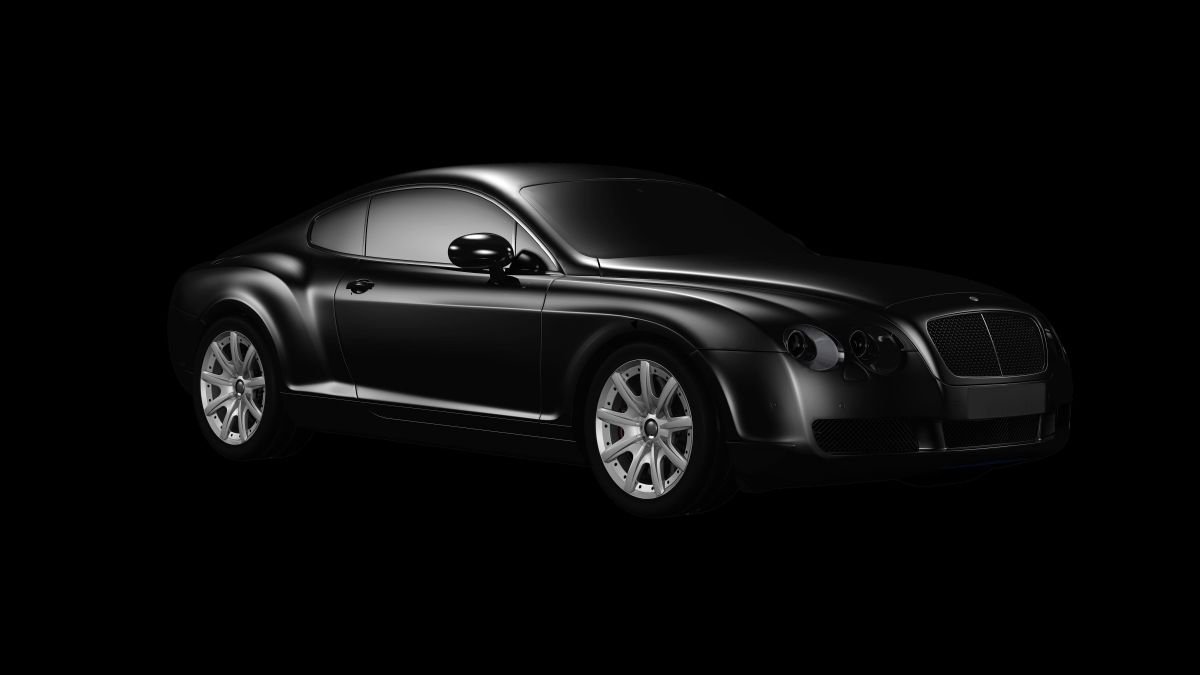With an increasing number of new-car buyers paying a premium ranging from $1,000 to $17,000 or more for a matte or semi-gloss finish, they’re likely to be even more attuned to any refinishing done to that vehicle following auto body work. The Collision Industry Conference’s Parts and Materials Committee paint representatives at this spring’s CIC, held in Seattle, offered tips for successfully matching the look and gloss of these finishes.
Bradley Letourneau, a trainer with BASF, said most automakers view the finishes as custom.
“So it’s not like a manufacturer will measure gloss unit and say, ‘OK, in order for it to be a frozen finish or a piano finish, it has to be within a certain amount of gloss,’” Letourneau said. “They kind of take a look at it, and as long as there are no big runs, dust or dirt in it, it goes to the lot and it gets sold. So because there are no industry standards, these are viewed as custom. You should expect to see a lot of variation within the sheen.”
 Bradley Letourneau of BASF.
Bradley Letourneau of BASF.
He said he teaches refinishers the sheen will impact the color a lot more than the color will impact the sheen.
“Time and time again, I see painters doing their first matte finish think that their color is wrong when it’s not,” he said. “It’s actually the sheen that they need to adjust to get that proper match. Typically, if we have a bad color match, we can blend that color out so the customer can’t see it. With a matte vehicle, we’re not blending clear coat. We have to do a panel match. There is no option to blend that clear out to transition it into what is currently on the vehicle. So matching of the sheen is always done by panel match.”
He shared photos showing how three panels, each with the same color, appeared different based on whether a matte, semi-gloss or medium gloss clear was applied, as well as how two panels with the same color appeared different based on whether one coat or two of the same matte clear was applied.
Painters must consider which method and process to use, Letourneau said.
“Both can work, but if you’re going to choose just one coat of clear, you must understand how that’s going to impact the color and the shade of the vehicle,” he added.
Letourneau said it’s also important to view the matte finish from the correct angle.
“All too often, you’ll see a technician look at it at from a 90-degree angle,” Letourneau said. “This isn’t going to a give you an accurate representation of the sheen. The best way to view these is from between a 5-degree and a 15-degree angle. Especially with your test panel. When you’re placing it against the panel you’re trying to match, view it at a 15- or 5-degree angle.”
He said creating multiple test panels and documenting all the variables for each -- spray gun and tip size, clear coat used, flash time, humidity, bake time and temperature -- is even more critical with matte finishes than with traditional gloss finishes.
“If you alter any of those variables, you’re going to get a different result,” Letourneau said. “Polishing or wet sanding is impossible, so you’ve got one chance to do this correctly.”
He said he and trainers from other paint companies went to the BMW training center in New Jersey several years ago, and they each sprayed a test panel with the same variables.
“We all used the same gun, the same clear coat, the same hardener, the same everything,” he said. “So every variable was controlled.”
Still, there was significant variation among the test panels, showing that even how a painter sprays can make a difference in the appearance of a matte finish. The manufacturers’ approved products and mil thickness have to be noted, he said. The use of a gloss meter can cut back “quite a bit” on preparation time.
“And here’s where sometimes I get into some arguments with some shops or insurance companies: always refinish two or more panels,” Letourneau said. “Usually it’s best to paint the whole side because, again, we are panel matching the sheen. We can’t blend the sheen out. So in order to minimize variation and increase the odds of success, paint the whole side.”
Improper washing of vehicles with a matte finish is the primary reason a warranty gets voided, he said, so make sure to use the manufacturer’s recommended products and process for detailing the vehicle after it is refinished.
“I’m not trying to scare anyone off,” Letourneau said of matte refinishing. “It’s like anything else: these are actually pretty simple to do once you’ve done a handful of them. It’s really all about preparation.”
The committee’s presentation seemed to reassure attendees about matte finishes rather than scaring them off. At the start of the session, a poll of CIC attendees found 21% of shops said they likely wouldn’t accept a matte finish job, and another 16% were “on the fence” about it; asked again at the end of the session, just 3% were still on the fence and the percentage who said they wouldn’t accept a matte finish job was down to just 13%.
California shop owner Kye Yeung went a step further and said shops “almost have to have” a gloss meter to refinish matte vehicles successfully. The meters use three cameras to measure the gloss on a scale of 1 to 100, he said, and “can differentiate the amount of gloss that the human eye can’t detect.” They can be as much as $5,000.
“But we’ve done some research, and [found one] from eBay that was $400,” Yeung said. “We found that it was pretty consistent, that there was really no difference [between the two] because we’re not sending people to the moon, we’re just painting vehicles.”















John Yoswick